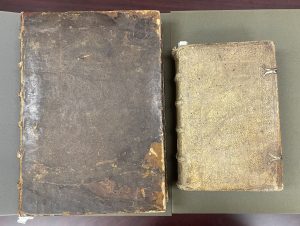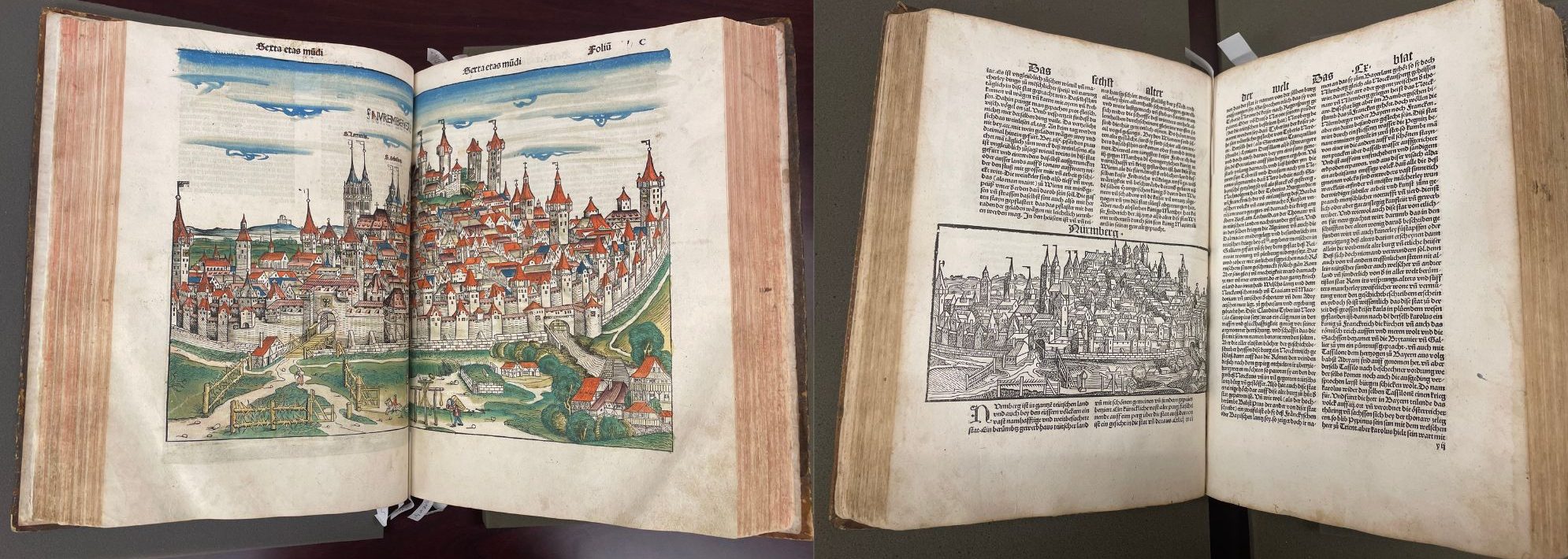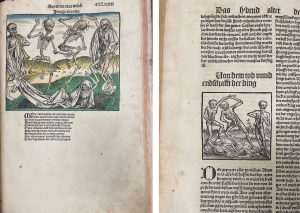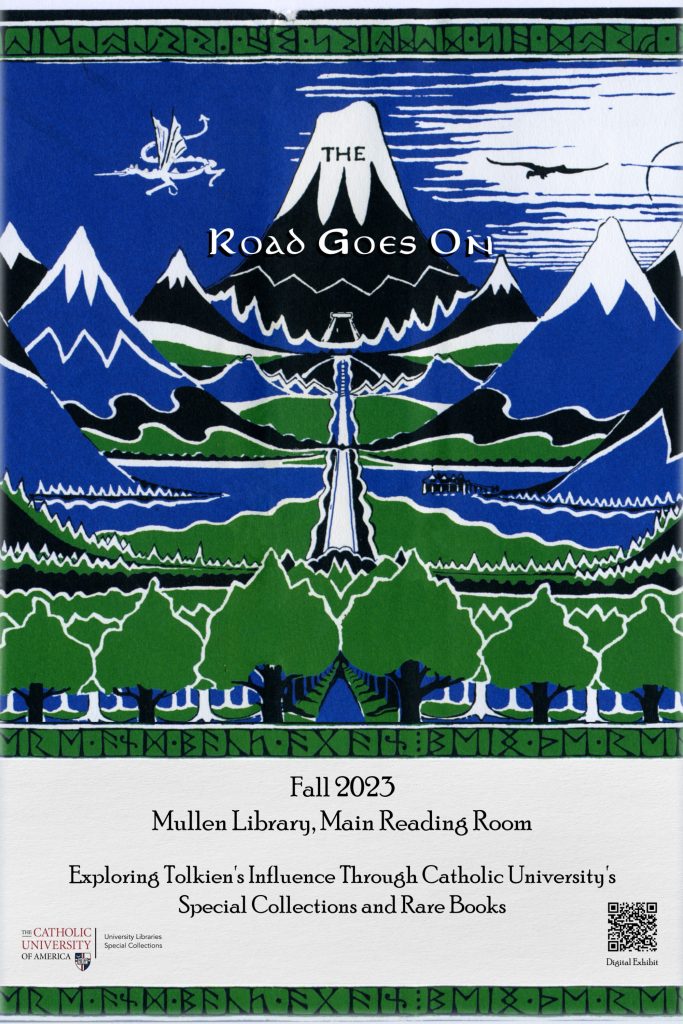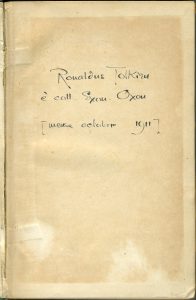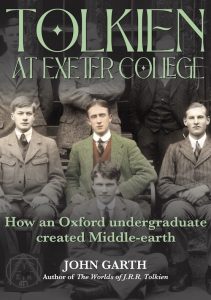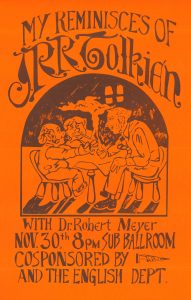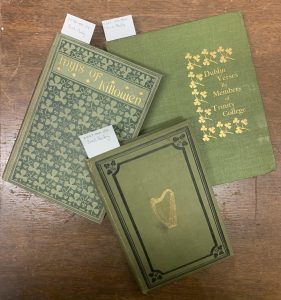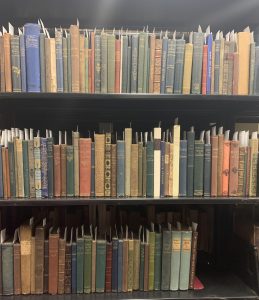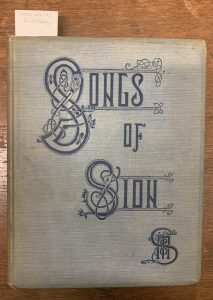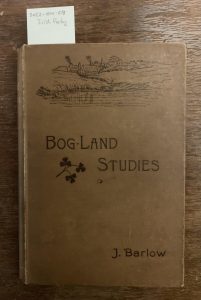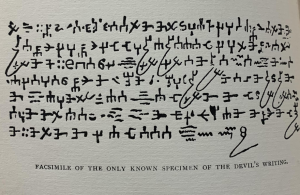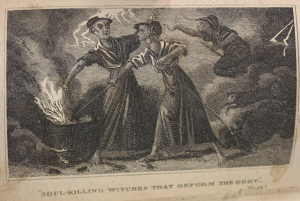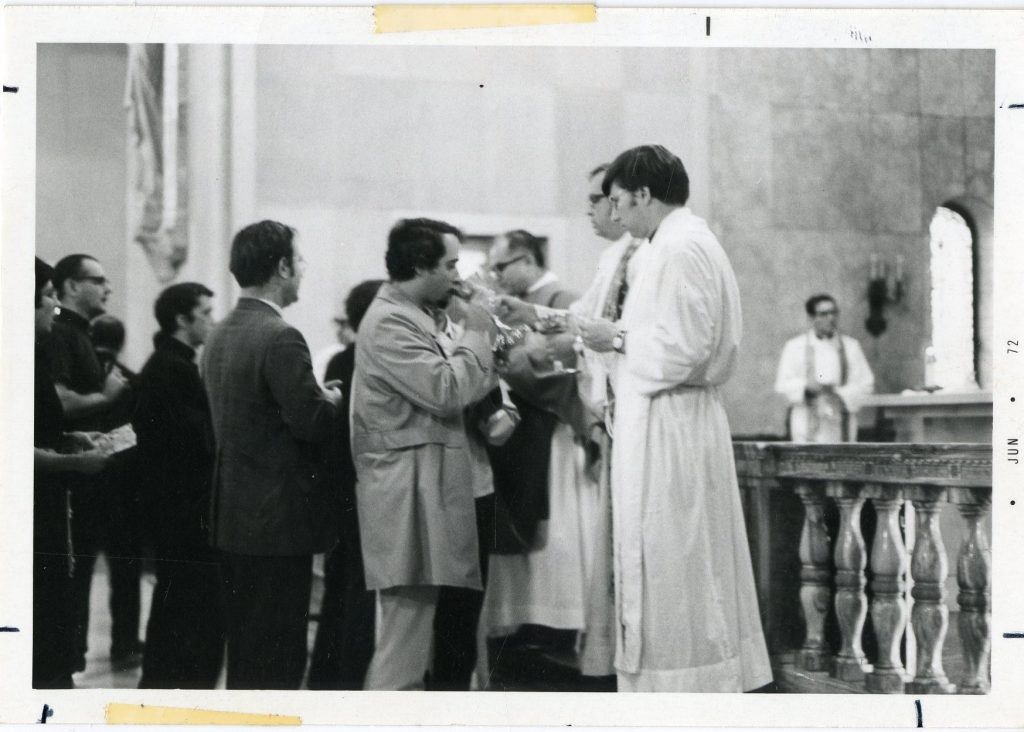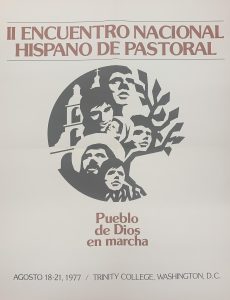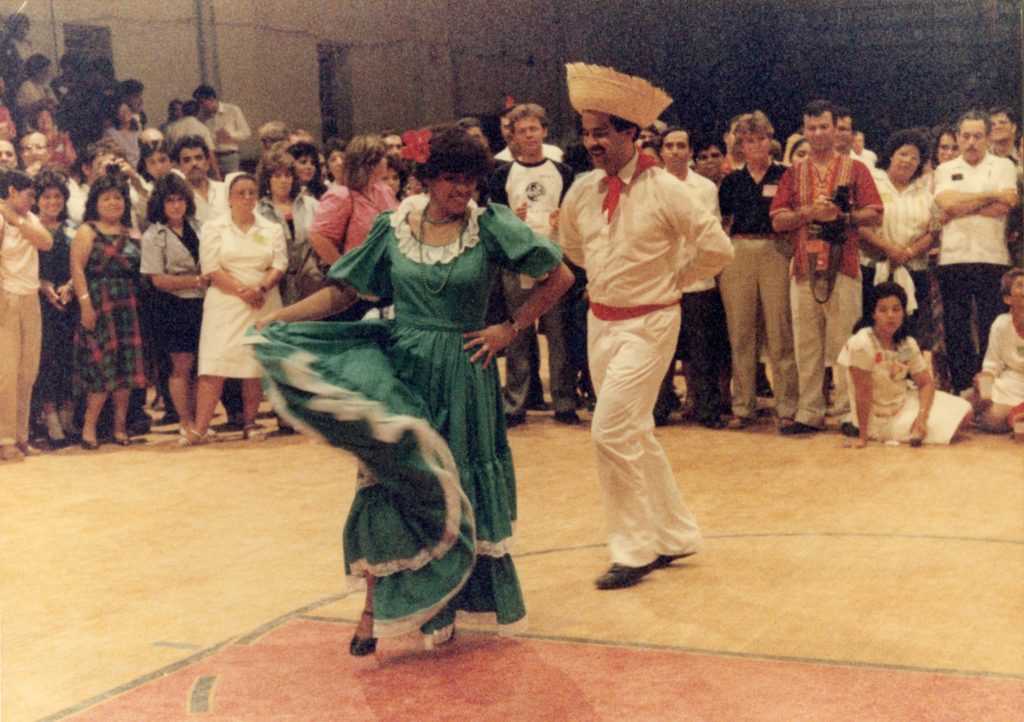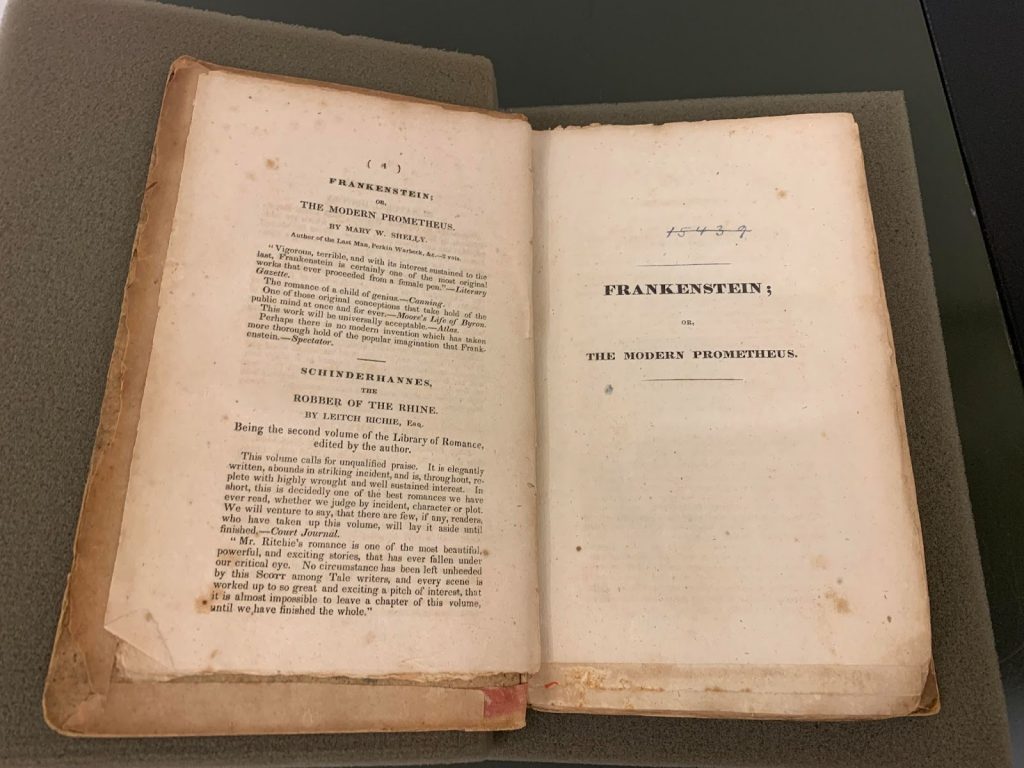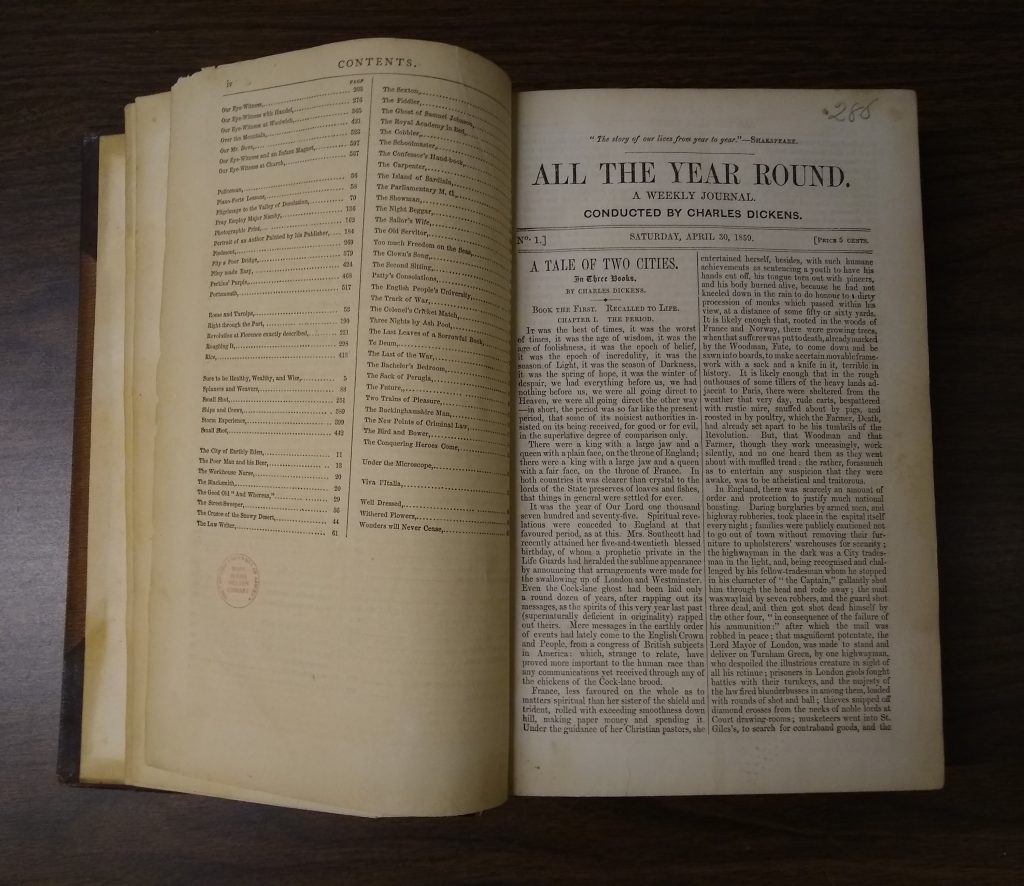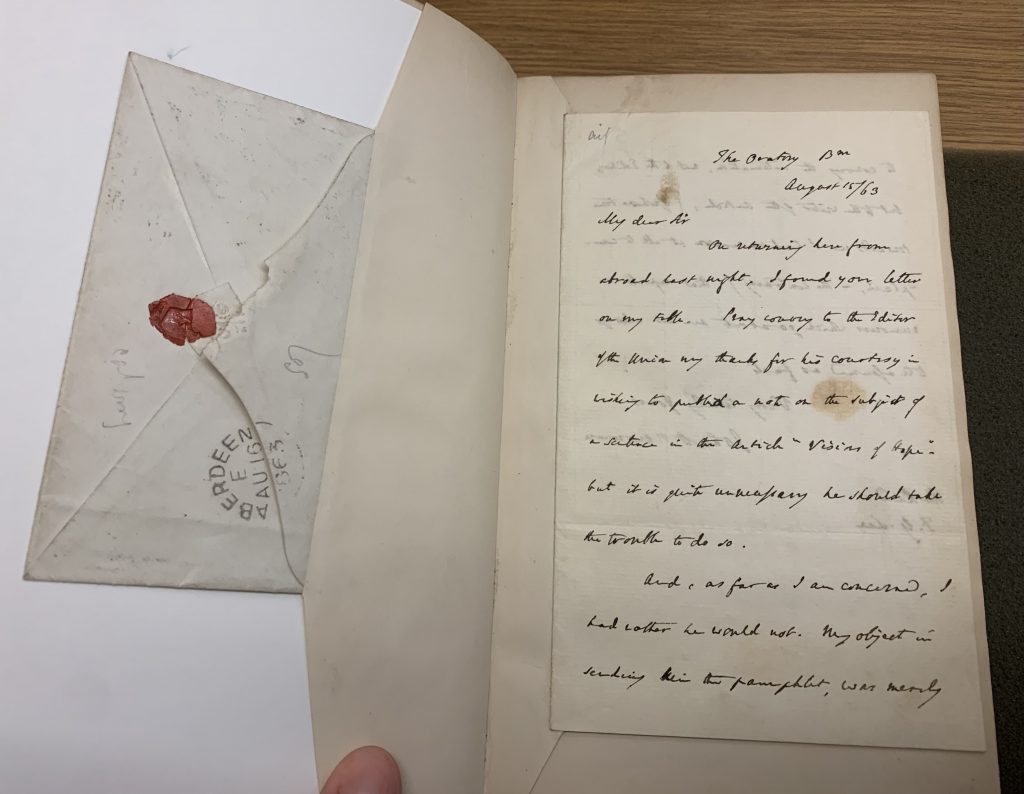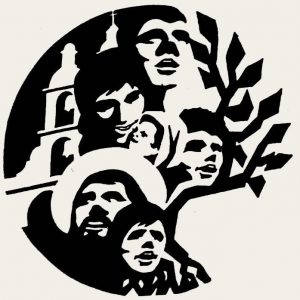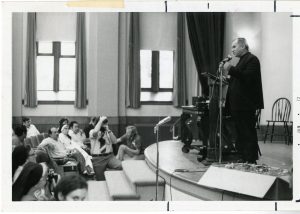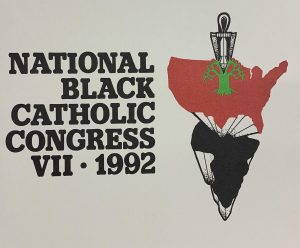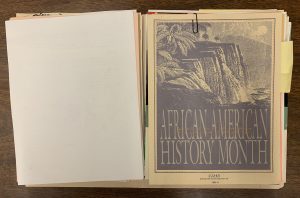Catholic University in the summer is a veritable garden of verdant lawns, blossoming flowers, and the rustling leaves of the campus’ many trees. Yet CatholicU was once home to hundreds of plants which would normally have no way of surviving the hot, muggy summers that our swampy city lovingly provides for us. No, these plants were far better suited for the kind of cold, dry weather one would most commonly find in the arctic. Nestled safely away from D.C.’s high temperatures and infamous humidity, these arctic specimens were only some of the many plants held at CatholicU’s Langlois Herbarium. 1

The Langlois Herbarium was founded in 1895, when Dr. Edward L. Green took a job as a professor in CatholicU’s brand new botany department, bringing his specimen collection with him. Green also brought with him a large collection of botany books, which would form the beginnings of the Herbarium’s extensive reference library. However, the Herbarium would not receive the collection which would become its namesake, until the following year. l’Abbé August Barthélemy Langlois was a French native, who worked for many years as a parish priest in Louisiana. Langlois’ passion was biology, and when he was not doing his missionary work, he was sinking himself deep into his botanical studies, collecting specimens and performing his own research. His collection, upon acquisition by CatholicU, numbered roughly 20,000 specimens collected by Langlois between 1877 and 1894. It was not until 1934 however, that the Herbarium actually came to bear his name. Botanist Ivar Frederick Tidestrom had followed Green to Catholic University, working under him as a graduate student, and then beside him as a faculty member. He also volunteered 6,000 specimens of his own, mostly from the Southwest, to the Herbarium, and it was he who suggested that it bear Langlois’ name.
While Louisiana’s climate might not be quite the same as D.C., there are certainly enough similarities to not raise any eyebrows. But another man was about to enter onto the scene, providing the remaining bulk of specimens which would make up the early collection of the Herbarium. His name was Herman Theodor Holm and his specimens were arctic. Holm began his career as a botanist and zoologist onboard a Danish expedition to the North Pole. The trip seemed to have sparked a love for chillier climates (or perhaps that was just his Danish blood) as he spent the following summers doing botany and zoological work in Greenland. Upon immigrating to the United States, Holm pursued a degree at Catholic University, bringing his arctic specimens with him. In 1902, working under Green, Holm received his PhD in Botany (which was the first discipline to offer degrees up to a Doctorate of Philosophy by the school). This strong foundation of arctic specimens tempted Fr. Arthème-Antoine Dutilly, and the beginnings of the Arctic Institute to Catholic University. The Arctic Institute was a great boon to the Herbarium. Between the years of 1933-1964 various researchers added roughly 50,000 new specimens from Alaska, the Arctic, Labrador, and Greenland. The Herbariums’ arctic specimens were what made it such a unique collection, and Dutilly, who served as a curator to the Herbarium from 1949-1967 worked hard to see that it was a marvel of a collection, and complimented the Arctic Institute as one of the leading institutions for arctic study.
Upon immigrating to the United States, Holm pursued a degree at Catholic University, bringing his arctic specimens with him. In 1902, working under Green, Holm received his PhD in Botany (which was the first discipline to offer degrees up to a Doctorate of Philosophy by the school). This strong foundation of arctic specimens tempted Fr. Arthème-Antoine Dutilly, and the beginnings of the Arctic Institute to Catholic University. The Arctic Institute was a great boon to the Herbarium. Between the years of 1933-1964 various researchers added roughly 50,000 new specimens from Alaska, the Arctic, Labrador, and Greenland. The Herbariums’ arctic specimens were what made it such a unique collection, and Dutilly, who served as a curator to the Herbarium from 1949-1967 worked hard to see that it was a marvel of a collection, and complimented the Arctic Institute as one of the leading institutions for arctic study.

Over the years, the Herbarium has been an invaluable resource to scholars not just of the arctic but many of the unique biomes sprinkled across North and South America. In 1910, the Herbarium was formally acquired by the Biology department on campus, enriching the studies of young scholars as they made their way in the field. In 1934 the Rev. Hugh Thomas O’Neill established the Herbarium in an official capacity, giving it the name we now know it by. He worked tirelessly to organize the various collections kept in the Herbarium and (of course) couldn’t resist donating specimens of his own. It was also the Rev. O’Neill who began the program of exchanging duplicate specimens with other Universities, bringing some rare materials to Catholic University, and sharing valuable treasures with other institutions.
By 1982, the Biology program on campus had made a formal shift to focusing on molecular biology. They had no use for the Herbarium anymore. Thus by the time 1985 rolled around, the Herbarium was in a pitiable state, madly disorganized, with about 25% of the specimens eaten away from bugs. With no means to provide its preservation or upkeep, the university sold it piecemeal.
But pieces of the Herbarium still remain, in those specimens which were not destroyed and in the ones offered well beforehand to other universities, that they might enrich their own collections, a reminder that the fruits of the garden of knowledge may be round preserved in a glass slide.
Tucker, Arthur O., Muriel E. Poston, and Hugh H. Iltis. “History of the LCU Herbarium, 1895-1986.” Taxon 38, no. 2 (1989): 196–203. https://doi.org/10.2307/1220834.
-
So as not to mislead the reader, I will clarify that these samples were pressed plants, which were no longer contingent upon proper climate to grow, as their growing days were behind them.

